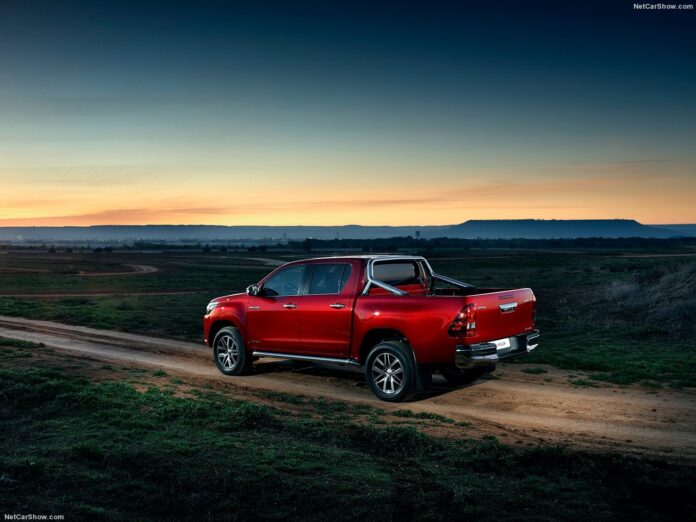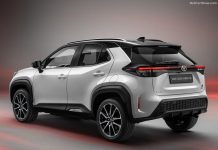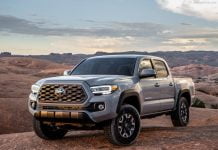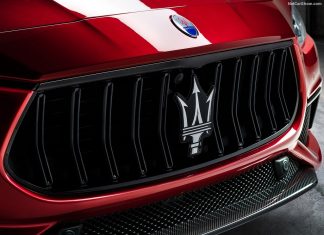Lao Vehicle Market in 2024 experienced momentum. Sales grew 9.7%, building on the impressive performance of recent years. BYD posted the most robust performance, surpassing Hyundai and ranking 2nd.
Economic Environment
2024 forecasts project Laos’ GDP growth at 4.1%, driven by tourism, transport, logistics, and power sector investments, though inflation, labor shortages, and high costs threaten long-term stability. The Lao kip has depreciated significantly, weakening purchasing power, increasing inflation to 25%, and reducing private consumption, which further constrains economic growth. While the government has stabilized finances through debt deferrals and spending limits, underinvestment in health, education, and social protection risks harming future productivity.
The World Bank urges revenue reforms, including restructuring excise duties and eliminating tax incentives, alongside a credible debt restructuring plan to ensure long-term sustainability. Additionally, the Bank advocates for higher excise taxes on tobacco, alcohol, and sugary drinks, estimating potential revenue gains of 2.75 trillion kip in the first year if outdated tax exemptions are removed.
Automotive Industry Trend and Outlook
Lao EV market has surged in recent years, growing by 80.1% in 2024. EV sales nearly doubled, driven by a peak in imports led by BYD and Toyota and the rapid expansion of charging infrastructure.
Overall, the Lao car market experienced steady growth in recent years and expanding 9.7% in 2024.
Brand-wise, Toyota was again the leader, despite losing 2.2% in sales. BYD posted an impressive performance of 85.6%, overtaking Hyundai, which dropped to 3rd despite growing 3.9%.











